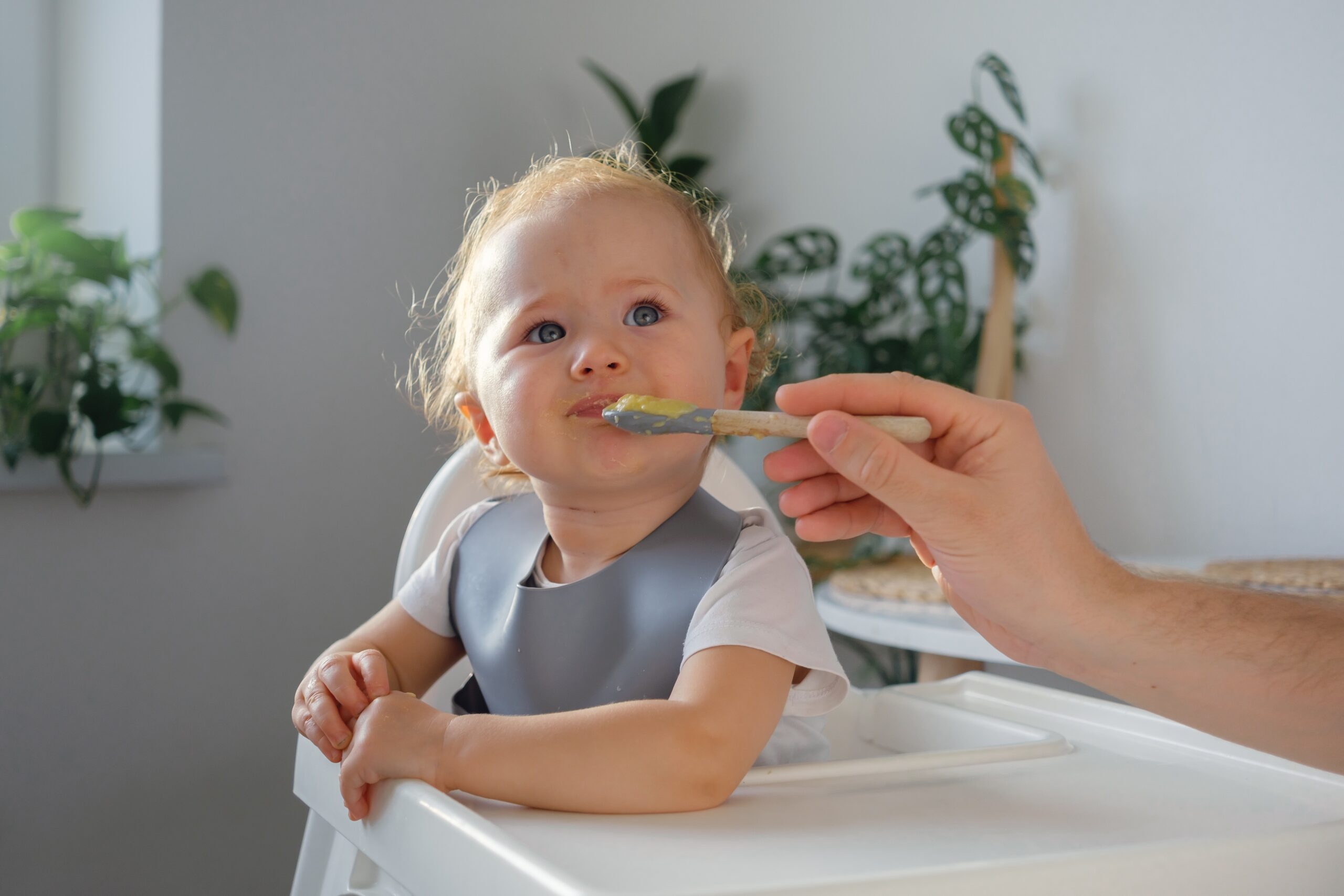Does the child eat badly? Does he/she like only selected foods? Chews only when watching cartoons? Lunch and scandal are often paired? These are the results of mistakes you made during the introduction of complementary foods!
Many mothers simply do not have time to study the topic of complementary feeding in depth. Perhaps this is due to the fact that two weeks after giving birth it seems that now you will lie in bed for many years or carry the baby in your arms, walking around the apartment. It seems to a young mother that the day when it will be necessary to introduce complementary foods will come… never. Or very soon. And if so, then it is too early to think about it. We’ll figure it out later.
The first six months are coming to an end, and then the mother remembers that it is time to change something in the baby’s diet! Her request is met with a lot of information, often contradictory. Sometimes a woman is inspired by the currently popular method of pedagogical complementary feeding and decides to use it, because it is simple, natural and “not like everyone else”. But without having studied this type of feeding deeply, she unconsciously makes mistakes that lead to unexpected results. Not very pleasing. Think about it! Where do children who eat badly come from? Where are monoids made? How do grown pigs turn out? And what to do with a craving for sweets?
Causes of food problems
Competent complementary feeding is the key to human health for life! There are basic principles of complementary feeding that are important to follow. And mistakes that many parents make!
- Serious mistakes lead to eating disorders and can adversely affect the health of the child:
- when forced to eat by force (there is an aversion to food);
- punished for not eating lunch (fear kills even the appetite that was);
- forced to eat a dish that is not liked (then you do not want to try any new food);
- fed with cartoons (form an association of the process of eating with entertainment, and then food without cartoons “does not go”);
- give a lot of sweets, unhealthy snacks and sugary drinks (as a result, the child cannot eat lunch);
- teach to eat only baby porridge, and then at 2 years old the child does not eat anything but them;
- for a long time give only ground foods (a child who first learns to chew and swallow pieces after 1.5 years, it is more difficult and dangerous to do this than at 8 months. And it happens that he refuses to do it at all).
Organizational errors
May not harm, but sometimes they affect the results of complementary feeding:
- feeding separately from adults (the baby does not see the example, and it is difficult to involve him in the process);
- stop trying to eat on his own so that there is less dirt (he may get upset and stop eating or lose interest in eating on his own, and the mother will feed for a long time);
- do not offer food, expecting that the child should ask / take it himself (this is suitable for children over 9-12 months, when they are ALREADY involved in complementary foods);
- a child over 1.5 years old does not know the tastes of family cuisine, they cook something completely different;
- every time after lunch they give sweets (the child may ask to eat again and again for this).
